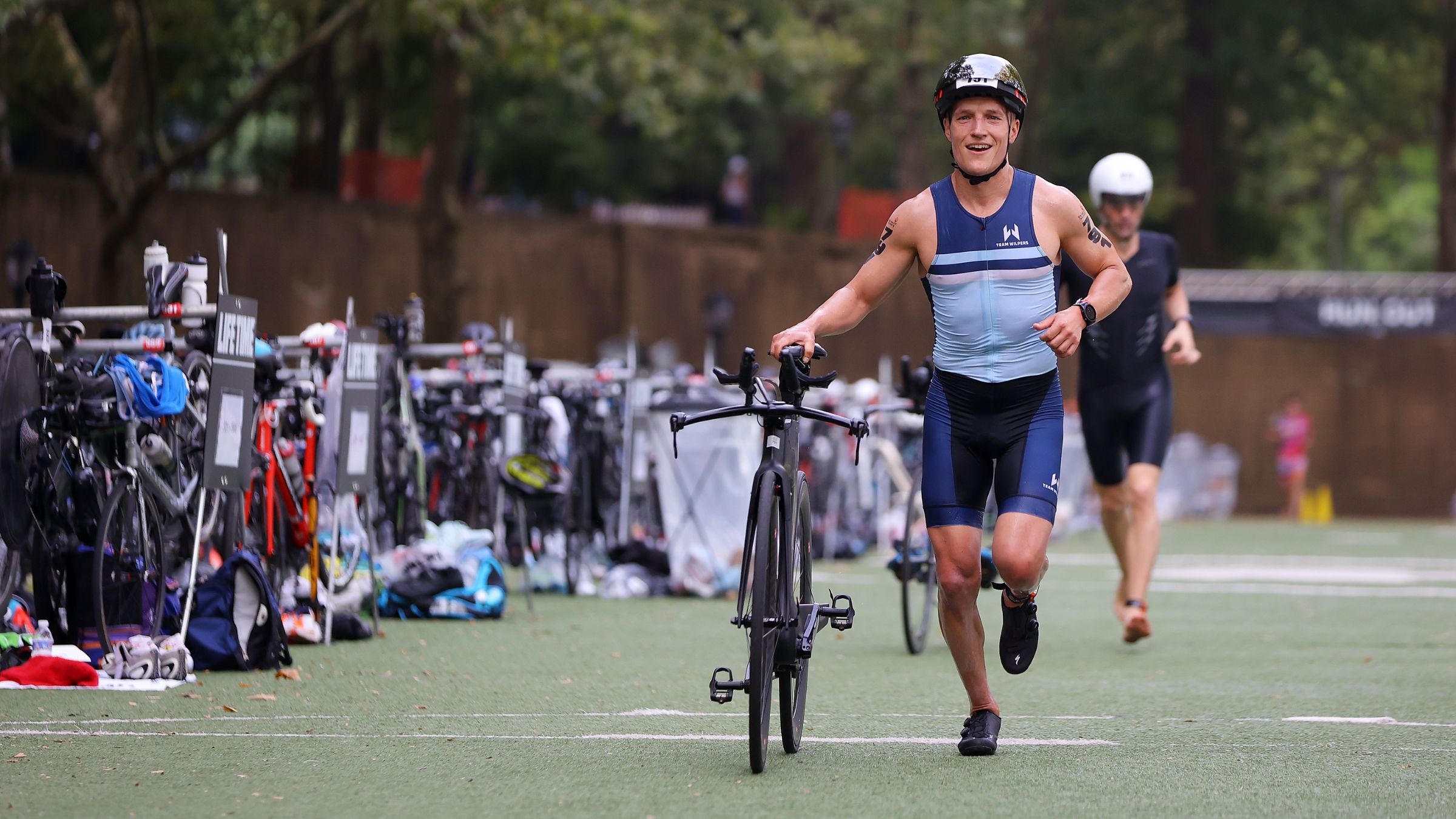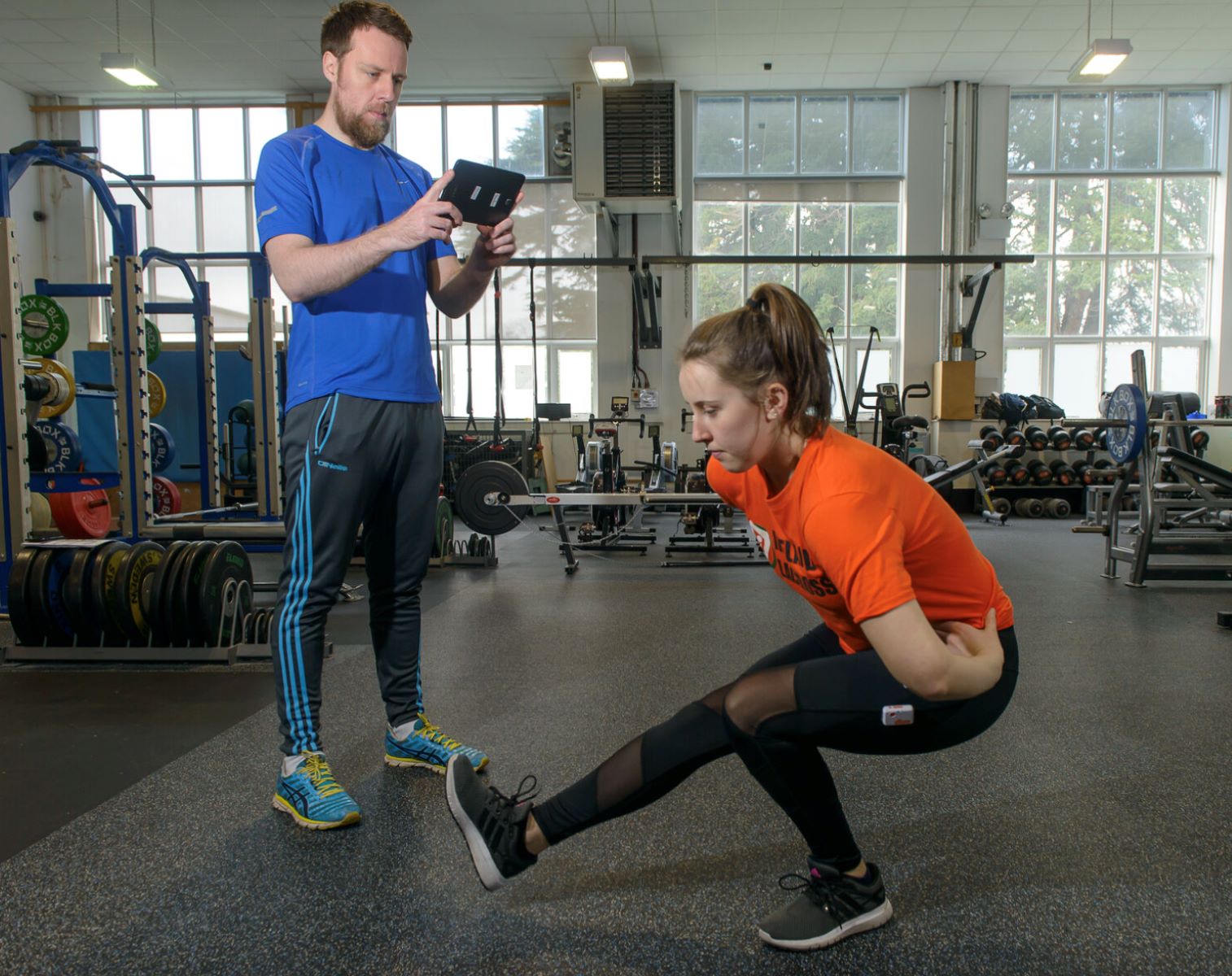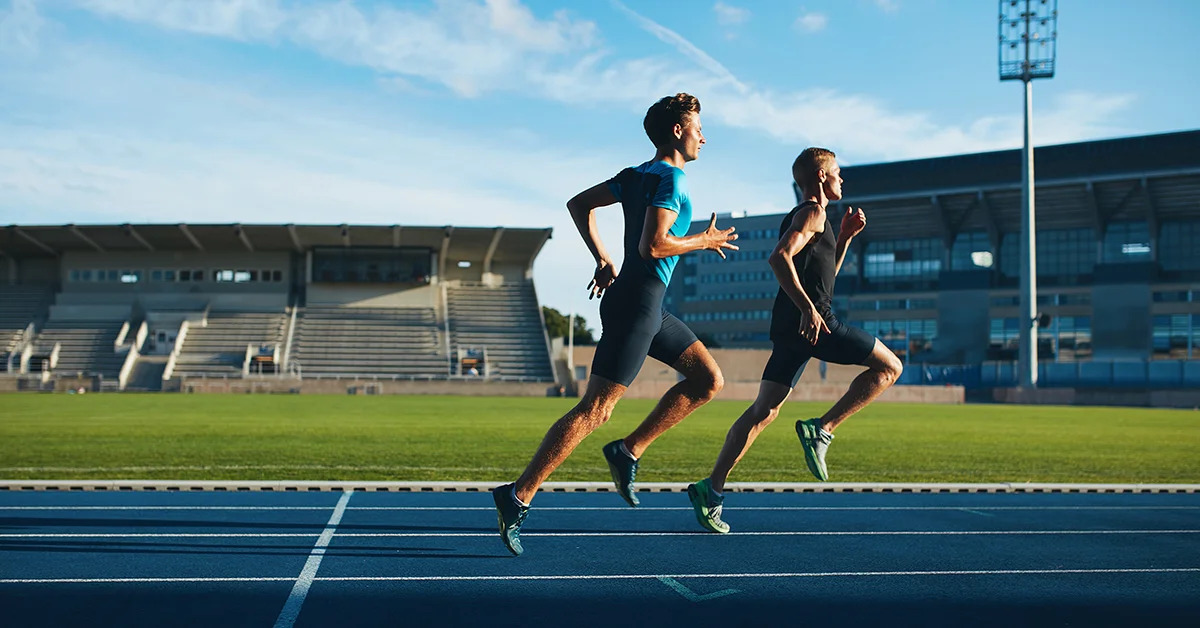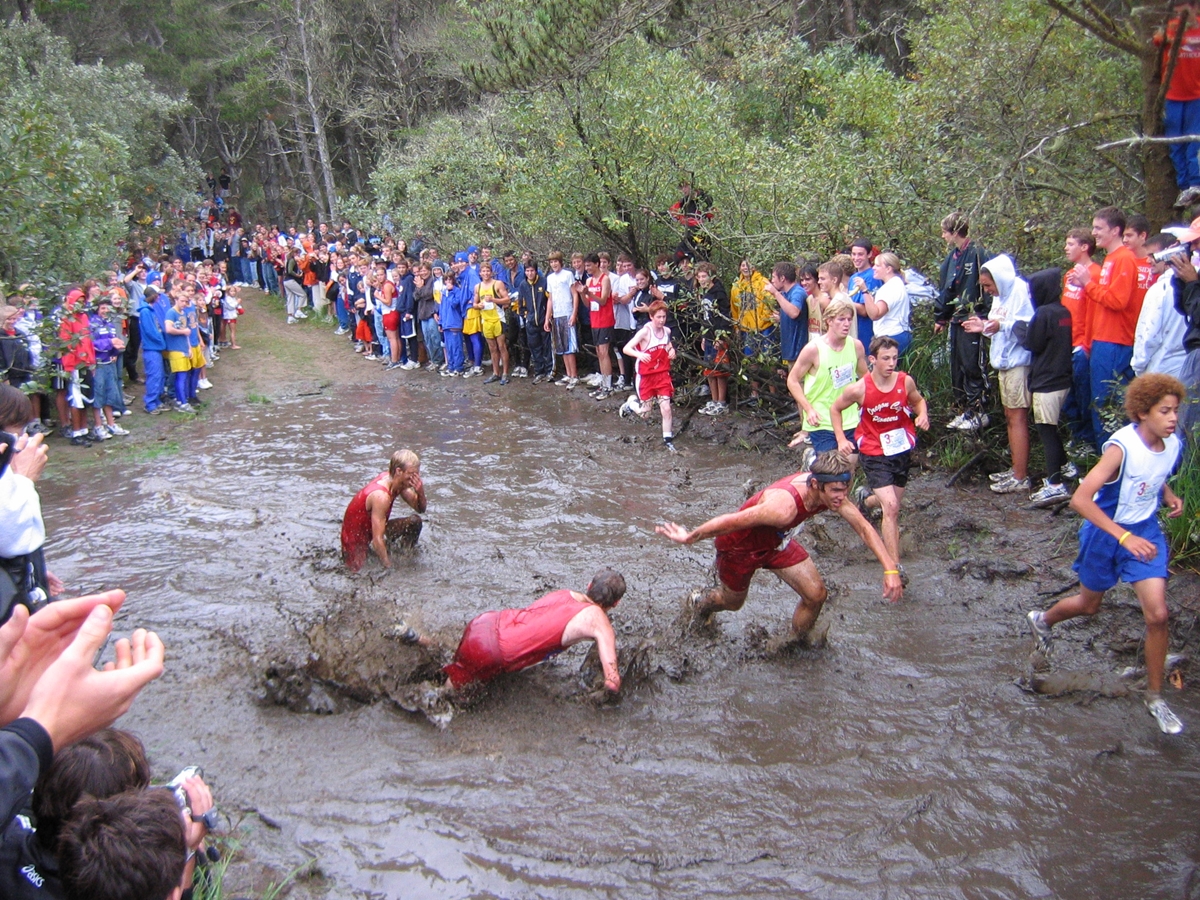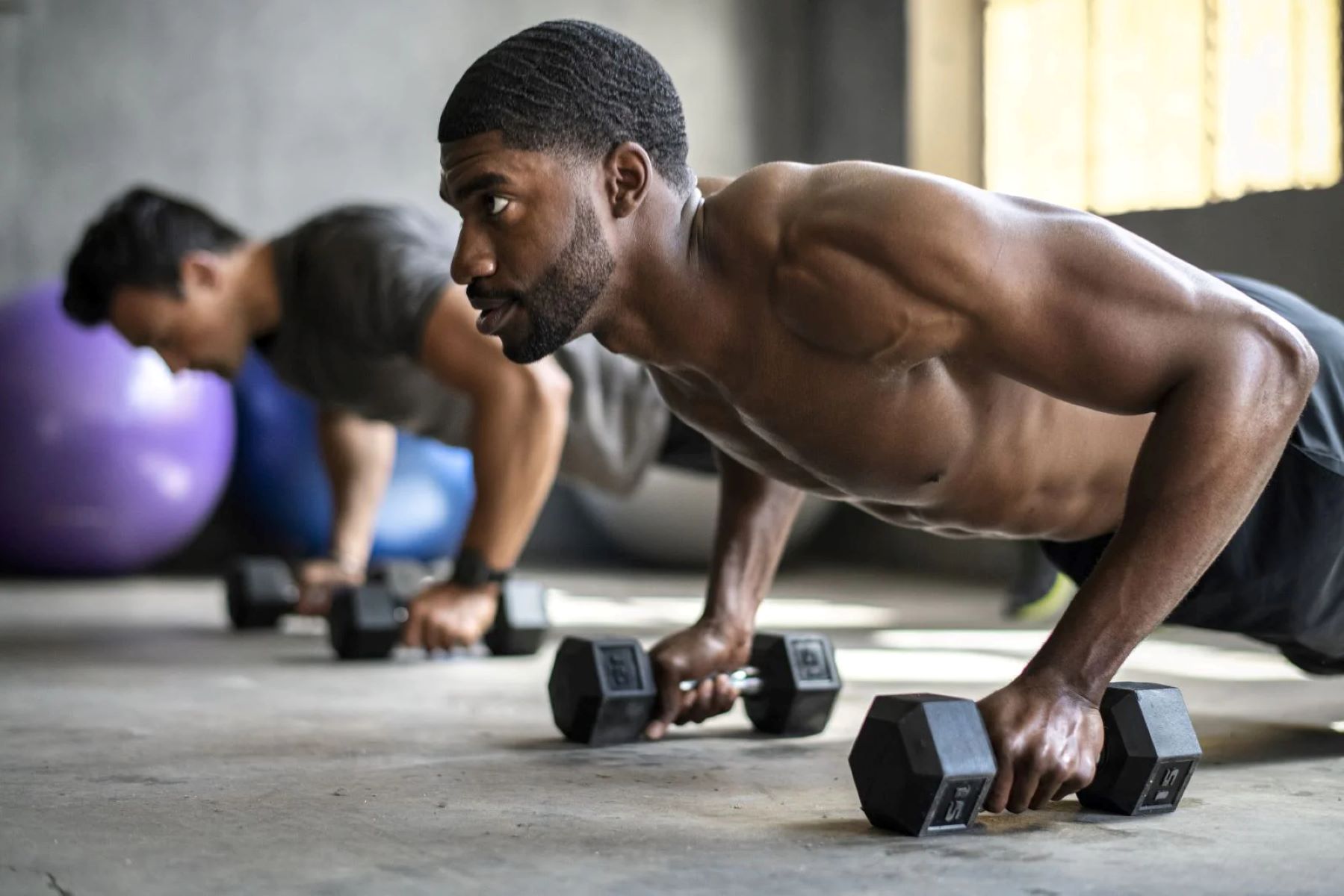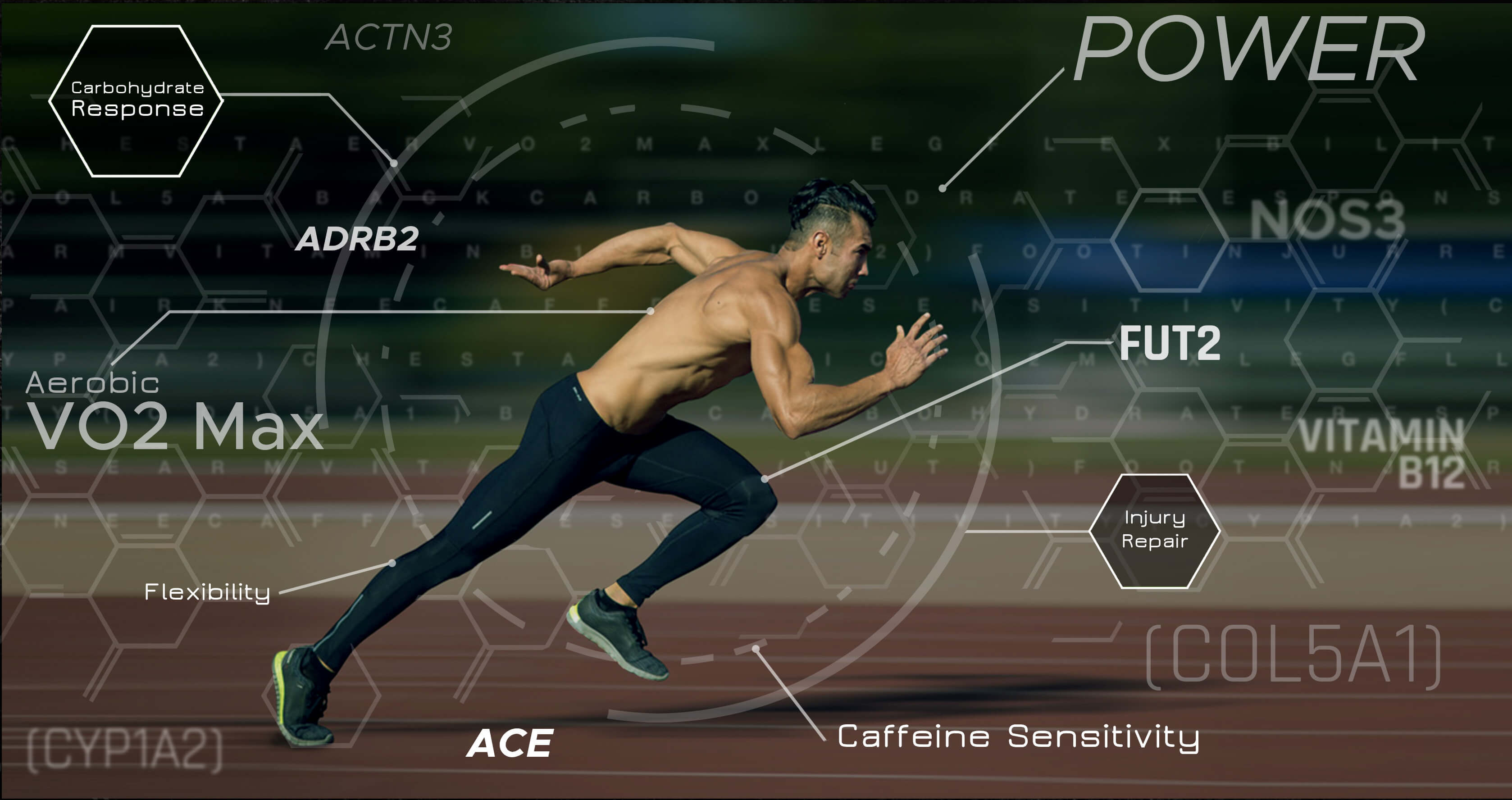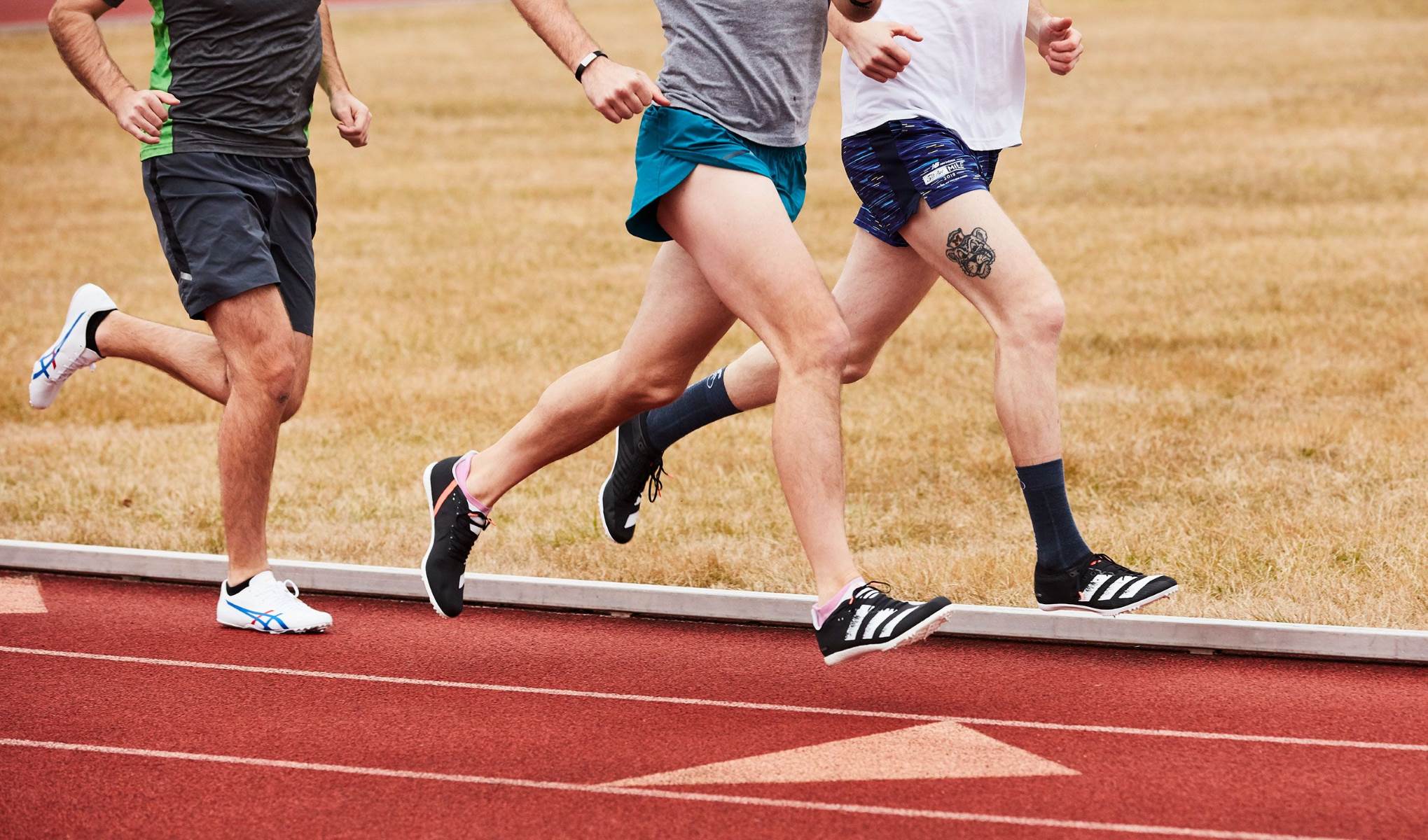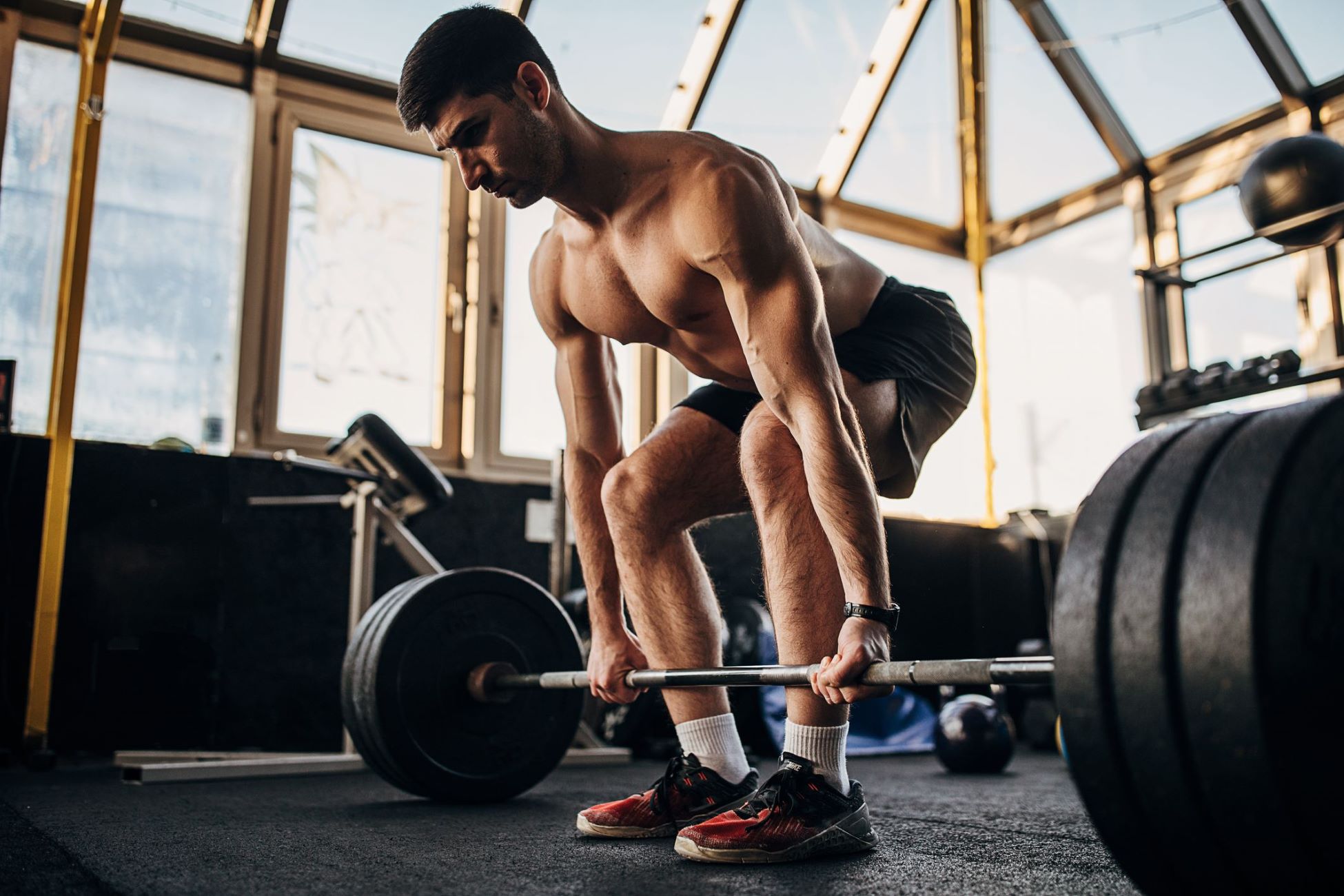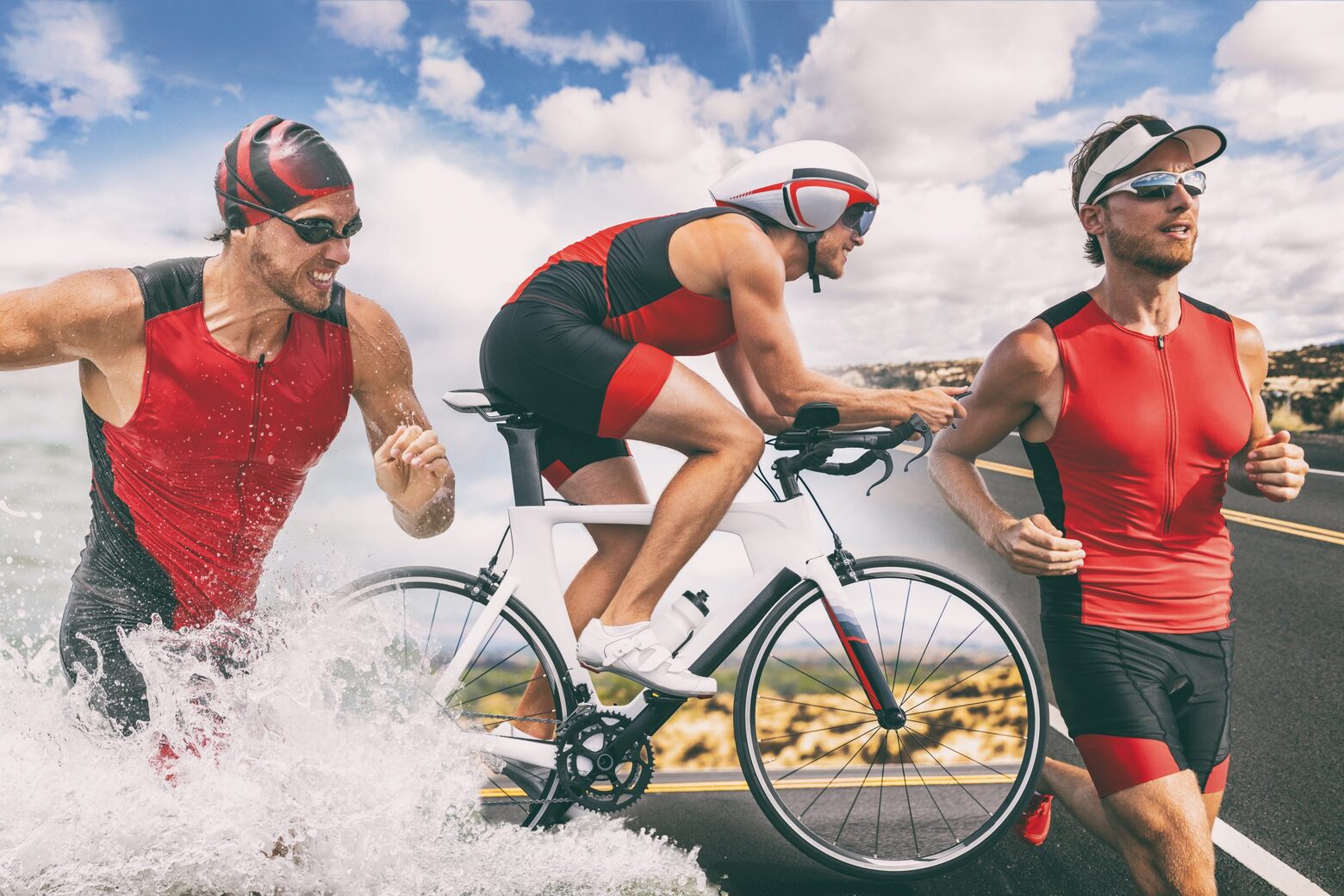Home>Misc>Featured>What Components Of Athletic Performance Are Required For The Sport?
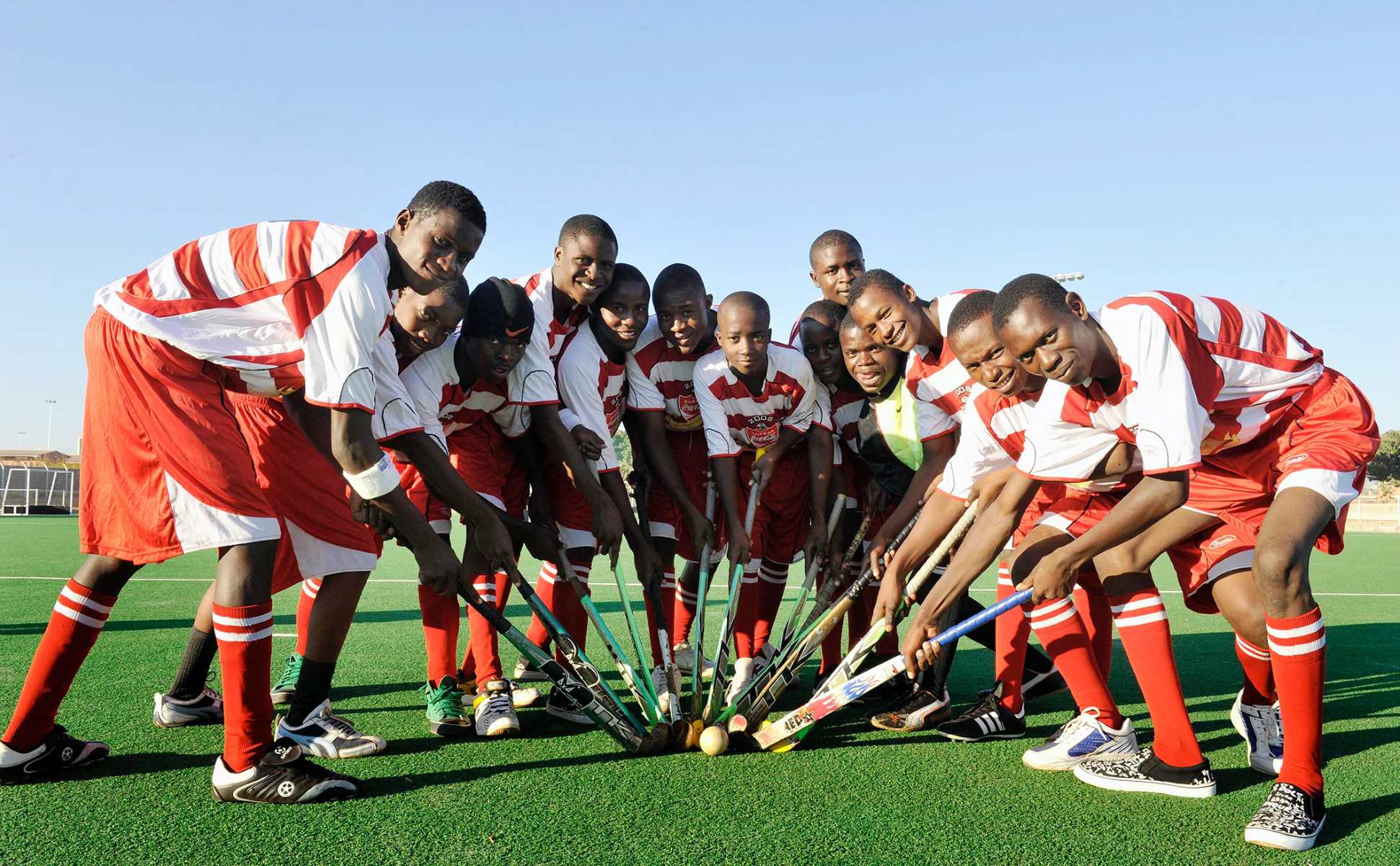

Featured
What Components Of Athletic Performance Are Required For The Sport?
Modified: January 2, 2024
Discover the essential components of athletic performance required for the sport with this featured article. Enhance your skills and excel in your chosen discipline.
Introduction
When it comes to sports, there are several crucial components of athletic performance that athletes must possess in order to excel in their chosen sport. Each sport requires a unique combination of physical attributes and skills that athletes must develop and refine to achieve peak performance. From strength and speed to agility and coordination, these components play a vital role in an athlete’s ability to compete at the highest level.
A well-rounded athlete must have a solid foundation in all aspects of athletic performance. While some sports may emphasize certain components more than others, it is essential for athletes to develop a balanced combination of skills to excel in their respective fields.
Furthermore, the importance of mental toughness cannot be overlooked. The mental aspect of sports plays a significant role in an athlete’s ability to perform under pressure, make quick decisions, and maintain focus throughout the game. Mental toughness, combined with physical capabilities, can give athletes an edge over their competitors.
Over the course of this article, we will explore the various components of athletic performance that are required for success in sports. From strength and speed to endurance and flexibility, we will delve into the importance of each component and how athletes can enhance their performance through targeted training and conditioning. By understanding and harnessing these components, athletes can optimize their abilities and reach their full potential in their chosen sport.
Strength
Strength is a fundamental component of athletic performance in almost every sport. It refers to the ability of the muscles to exert force against resistance. Having adequate strength allows athletes to generate power, perform explosive movements, and withstand the physical demands of their sport.
Strength training involves various exercises and techniques aimed at increasing muscle strength and power. This can include weightlifting, bodyweight exercises, resistance training, and functional movements. By consistently challenging the muscles and progressively overloading them, athletes can develop greater strength over time.
For sports that require physical contact or forceful movements, such as football or wrestling, strength is especially crucial. It enables athletes to overpower opponents, maintain stability, and endure physical challenges. In sports that involve repetitive movements, such as running or swimming, strength helps to maintain proper form and prevent injuries.
Additionally, strength training plays a vital role in injury prevention. Strong muscles provide stability to the joints, reducing the risk of sprains, strains, and other common sports injuries. It also contributes to the overall functional fitness of athletes, enhancing their performance in multi-directional movements and dynamic activities.
It is important to note that strength training should be specific to the demands of the sport. Different sports require different types of strength. For example, a powerlifter focuses on developing pure strength for lifting heavy weights, while a gymnast focuses on developing strength for explosive movements and stability on the apparatus. Therefore, athletes should tailor their strength training programs to meet the specific requirements of their sport.
Incorporating strength training into a well-rounded training regimen can have a transformative effect on an athlete’s performance. Not only does it enhance power and explosiveness, but it also improves endurance, speed, and overall athleticism. Additionally, developing sufficient strength can boost an athlete’s confidence and mental toughness, enabling them to push through physical challenges and perform at their best.
Speed
Speed is a crucial component of athletic performance in many sports. It refers to the ability to move quickly from one point to another. Whether it’s sprinting on the track, maneuvering on a soccer field, or reacting swiftly in basketball, speed can make a significant difference in an athlete’s performance.
To improve speed, athletes can focus on enhancing their sprinting technique, stride length, stride frequency, and acceleration. Speed training often involves exercises such as sprint intervals, shuttle runs, and plyometric drills that target explosiveness and quickness.
Having good speed provides athletes with a competitive advantage in various aspects of their sport. In team sports, it allows them to outrun opponents, make fast breaks, and reach the ball before others. In individual sports such as track and field, speed is the key to achieving faster times and breaking records.
Moreover, speed is not just about raw speed but also about speed endurance. Athletes need to maintain their speed over a prolonged period, especially in sports that require repeated bursts of effort, like rugby or tennis. Speed endurance training focuses on improving an athlete’s ability to maintain a high intensity over a prolonged duration.
Speed training should also include agility drills, as agility and speed are closely linked. Agility refers to an athlete’s ability to change direction quickly while maintaining speed. By incorporating ladder drills, cone drills, and lateral movements into their training, athletes can improve their agility and enhance their overall speed performance.
It is important to note that speed is a trainable attribute that can be significantly improved with proper training. Through consistent practice and targeted workouts, athletes can enhance their explosive power, stride mechanics, and reaction time, ultimately leading to faster sprinting speeds.
Developing speed not only improves an athlete’s performance but also helps in injury prevention. With increased speed, athletes can react quickly to avoid collisions, change direction to prevent injuries, and minimize joint stress during high-impact movements. This translates to improved performance and reduced risk of injuries in sports.
Incorporating speed training into an athlete’s regimen can lead to enhanced performance, especially when combined with proper technique, conditioning, and mental focus. With improved speed, athletes can gain a competitive edge, outpace opponents, and excel in their chosen sport.
Agility
Agility is a critical component of athletic performance that directly impacts an athlete’s ability to change direction quickly, maintain balance, and coordinate movements. It refers to the capacity to move efficiently and effectively while maintaining control and precision.
In sports that require quick changes of direction, such as basketball, soccer, and tennis, agility plays a vital role in an athlete’s performance. It allows athletes to evade defenders, react to opponents’ movements, and execute rapid changes in position or direction.
To improve agility, athletes can engage in specific training exercises and drills that focus on dynamic movements, lateral movements, and quick reflexes. Cone drills, ladder drills, shuttle runs, and agility ladder exercises are commonly used to enhance an athlete’s agility.
Agility training not only improves an athlete’s physical capabilities but also enhances their mental acuity and decision-making skills on the field. It requires athletes to process information quickly, anticipate movements, and react swiftly to changing situations.
Furthermore, agility training helps to prevent injuries by improving an athlete’s balance, coordination, and proprioception. It allows athletes to maintain control and stability during rapid movements, reducing their risk of falls or missteps that could result in injuries.
Agility is also essential for athletes involved in sports that require intricate footwork and precise movements, such as dance, gymnastics, and martial arts. The ability to flow seamlessly and perform intricate maneuvers stems from honing agility through deliberate practice.
Additionally, agility is a transferable skill that can positively impact overall athleticism. Athletes with enhanced agility not only have a competitive edge in their sport but also exhibit improved speed, reaction time, and coordination.
It is crucial for athletes to integrate agility training into their overall conditioning program. By focusing on agility drills and exercises, athletes can enhance their ability to move fluidly, react swiftly, and maintain control during dynamic situations. The development of agility contributes to the overall athletic performance of an individual, enabling them to excel in their chosen sport.
Endurance
Endurance is a crucial component of athletic performance that encompasses an athlete’s ability to sustain prolonged physical effort. It refers to the capacity to perform repetitive, high-intensity activities over an extended period of time without experiencing significant fatigue.
In sports such as long-distance running, cycling, swimming, and soccer, endurance plays a vital role in an athlete’s success. It allows them to maintain a high level of performance throughout the duration of a match, race, or event.
Endurance training focuses on improving the cardiovascular system’s efficiency, enhancing oxygen delivery to the muscles, and increasing the body’s capacity to remove waste products. This type of training often involves activities such as long-distance running, interval training, circuit training, and cross-training.
By consistently challenging the body’s aerobic and anaerobic energy systems, athletes can gradually improve their endurance capacity. This enables them to delay the onset of fatigue, recover more quickly between bursts of activity, and sustain performance for longer periods.
Endurance training not only improves an athlete’s physical stamina but also enhances their mental toughness. It teaches athletes to push through discomfort, maintain focus, and persevere when faced with challenging situations. Mental resilience is a critical component of endurance, as it allows athletes to withstand physical and mental fatigue during competition.
Furthermore, endurance training aids in injury prevention. By building a strong cardiovascular system and improving the overall robustness of the body, athletes can reduce the risk of overuse injuries and enhance their ability to recover from intense physical exertion.
It is essential for athletes to incorporate endurance training into their overall conditioning program. By gradually increasing the duration and intensity of their training sessions, athletes can improve their endurance capacity and perform at their best for extended periods. Additionally, cross-training and incorporating different types of exercises can help create a well-rounded approach to endurance development.
Developing endurance allows athletes to maintain a high level of performance for longer durations, outlast opponents, and reach their full potential. It is a critical component of athletic success and should be a key focus for athletes in various sports.
Power
Power is an essential component of athletic performance that combines strength and speed. It represents the ability to generate force quickly and explosively, making it crucial in sports that require explosive movements, such as sprinting, jumping, and throwing.
To develop power, athletes need to focus on exercises and training methods that emphasize speed of movement and force production. Plyometric exercises, Olympic lifts, kettlebell swings, and medicine ball throws are commonly used to enhance power.
Power training enables athletes to generate maximum force in minimal time, translating to explosive movements and quick bursts of energy. In sports like basketball, volleyball, and track and field, power allows athletes to jump higher, sprint faster, and throw farther.
Furthermore, power is not only about raw strength but also about the ability to efficiently transfer force from one movement to another. This is known as power transfer, which is vital in sports that involve quick changes in direction or sudden stops and starts.
Developing power also contributes to injury prevention. By strengthening the muscles and connective tissues, athletes can improve their ability to absorb and distribute forces, reducing the risk of muscle strains, ligament sprains, and other common sports injuries.
Power training is essential for athletes in sports that require explosive movements, intense acceleration, and quick reactions. By incorporating power-based exercises into their training regimen, athletes can enhance their ability to generate maximal force quickly, leading to improved performance in their chosen sport.
It is worth noting that power training should be approached progressively and performed with proper technique to ensure safety and optimal results. Athletes and coaches should work together to design power training programs that are tailored to the specific demands of their sport and the individual needs of the athlete.
Overall, power is a critical component of athletic performance that allows athletes to display explosive strength, quick movements, and high-intensity effort. Developing power enhances an athlete’s overall performance, providing them with a competitive edge in their sport.
Flexibility
Flexibility is a crucial component of athletic performance that influences an athlete’s range of motion, muscle function, and overall physical capabilities. It refers to the ability of the muscles, tendons, and ligaments to stretch and lengthen without causing pain or injury.
Having good flexibility allows athletes to move freely and fluidly, improving their performance in various sports. It enables athletes to reach for balls, perform dynamic movements, and execute complex techniques with greater ease and precision.
Flexibility training involves performing exercises and stretches that target major muscle groups and joints. Static stretches, dynamic stretches, and mobility exercises are commonly used to enhance flexibility. Regular and consistent stretching can gradually improve flexibility over time.
Adequate flexibility can improve an athlete’s overall movement efficiency, allowing them to perform skills and techniques with greater ease and accuracy. It also helps to prevent muscle imbalances and reduces the risk of injuries, such as muscle strains and joint sprains.
In sports that require extensive ranges of motion, such as gymnastics, dance, yoga, and martial arts, flexibility is of utmost importance. Athletes in these sports strive to achieve exceptional flexibility to perform intricate movements, achieve optimal body positions, and minimize the risk of injury.
Furthermore, flexibility plays a significant role in post-workout recovery. Engaging in post-exercise stretching helps to reduce muscle soreness, increase blood flow to the muscles, and promote relaxation and recovery. Incorporating flexibility exercises into a cool-down routine is crucial for athletes to enhance their overall recovery process.
It’s important to note that flexibility is individual and differs among athletes. Each sport requires a specific level of flexibility, and athletes should aim to achieve the appropriate range of motion for their respective activities. It is also essential to perform stretches correctly and avoid overstretching, as this can lead to muscle strains or joint instability.
In summary, flexibility is a key component of athletic performance that enhances an athlete’s range of motion, movement efficiency, and injury prevention. By incorporating regular flexibility training into their overall training regimen, athletes can achieve optimal physical capabilities and excel in their chosen sport.
Coordination
Coordination is a fundamental component of athletic performance that encompasses the ability to synchronize movements, maintain control, and accurately perform skills and techniques. It involves the integration of multiple sensory systems, muscle groups, and motor skills to execute precise movements and maintain balance.
In sports that require precise timing, complex movements, and fine motor skills, coordination plays a crucial role. Sports such as gymnastics, figure skating, basketball, and soccer rely heavily on an athlete’s coordination for success.
To improve coordination, athletes engage in specific training exercises that focus on balance, rhythm, agility, and proprioception. This can include activities such as balance drills, agility ladder exercises, reaction drills, and hand-eye coordination exercises.
Having good coordination enhances an athlete’s ability to perform complex movements and techniques with accuracy and consistency. It allows athletes to seamlessly transition between different actions, react quickly to changing situations, and adapt to their opponent’s movements.
Coordination also plays a crucial role in injury prevention, as it helps athletes maintain balance and control during challenging movements and dynamic situations. The ability to effectively coordinate movement reduces the risk of falls, missteps, and collisions that can lead to injuries.
Furthermore, coordination is closely tied to cognitive function, as it requires athletes to process information quickly, make split-second decisions, and coordinate movements accordingly. It enhances an athlete’s ability to strategize, anticipate, and react to the ever-changing demands of the game.
It is important for athletes to incorporate coordination training into their overall training regimen to improve their balance, agility, and motor control. By regularly practicing coordination exercises, athletes can enhance their ability to perform skills accurately, maintain control in challenging situations, and elevate their overall athletic performance.
In summary, coordination is a vital component of athletic performance that influences an athlete’s ability to execute precise movements, maintain balance, and adapt to changing situations. By focusing on coordination training, athletes can enhance their motor skills, cognitive function, and overall performance in their chosen sport.
Balance
Balance is a crucial component of athletic performance that involves the ability to maintain control and stability during static and dynamic movements. It refers to the body’s ability to distribute weight evenly, adjust to changes in position, and prevent falls or loss of control.
In sports that require stability, precision, and controlled movements, such as gymnastics, surfing, skiing, and martial arts, balance plays a vital role in an athlete’s success. Having good balance allows athletes to maintain proper body alignment, execute complex maneuvers, and react quickly to changes in terrain or opponent’s movements.
Balance training involves exercises and drills that challenge an athlete’s ability to maintain equilibrium while in motion or in a stationary position. This can include activities such as single-leg exercises, yoga poses, stability ball exercises, and Bosu ball training.
Improving balance not only enhances an athlete’s physical stability but also contributes to injury prevention. A strong sense of balance helps athletes maintain proper body alignment, reduce the risk of joint and muscle injuries, and recover quickly from sudden changes in direction or uneven surfaces.
Furthermore, balance is closely linked to core strength and stability. A strong core provides a solid foundation for balance, as it allows for efficient transfer of force and helps to maintain proper posture during movement. Incorporating core exercises into balance training can further enhance an athlete’s stability and overall performance.
Developing balance also has cognitive benefits. It requires athletes to focus and concentrate on maintaining stability, which can enhance their proprioception (the awareness of the body’s position in space) and overall body awareness. The mental aspect of balance training helps athletes improve their focus, reaction time, and decision-making abilities on the field.
Incorporating balance exercises into an athlete’s training regimen is essential to enhance stability, proprioception, and overall athletic performance. By consistently challenging and improving their balance, athletes can improve their body control, reduce the risk of injuries, and excel in their chosen sport.
In summary, balance is a critical component of athletic performance that enables athletes to maintain control, stability, and body alignment during movements. Through balance training, athletes can enhance their physical stability, reduce the risk of injuries, and improve cognitive function, leading to improved performance in their chosen sport.
Reaction Time
Reaction time is a crucial component of athletic performance that refers to an athlete’s ability to perceive and respond quickly to a stimulus. It involves the speed at which an athlete can process information, make decisions, and execute actions in response to a specific situation.
In sports that require quick reflexes, rapid decision-making, and fast-paced movements, such as football, basketball, tennis, and boxing, reaction time plays a vital role in an athlete’s success. It allows athletes to anticipate and react to their opponents’ actions, make split-second decisions, and execute precise movements.
There are various factors that can influence reaction time, including neurological factors, sensory perception, cognitive processing, and physical readiness. Athletes can improve their reaction time through specific training exercises that challenge their perceptual skills, decision-making ability, and motor responses.
Reaction time training often involves drills that require athletes to respond quickly to visual cues, auditory cues, or a combination of both. This can include activities such as agility ladder drills, shuttle runs, reaction ball drills, and video-based reaction training.
Improving reaction time not only enhances an athlete’s physical abilities but also contributes to their mental acuity and game sense. Having faster reaction times enables athletes to gain a competitive edge, anticipate opponents’ moves, and execute strategic tactics in real-time.
Furthermore, reaction time is closely tied to an athlete’s agility and coordination. By improving their reaction time, athletes can enhance their ability to move quickly, change direction, and adjust their body position to respond effectively to the demands of the game.
It is essential for athletes to incorporate reaction time training into their overall training regimen to enhance their ability to process information and respond swiftly in any given situation. By consistently challenging and improving their reaction time, athletes can elevate their performance and increase their chances of success in their chosen sport.
In summary, reaction time is a critical component of athletic performance that enables athletes to quickly perceive and respond to stimuli in their environment. By incorporating specific training exercises and drills, athletes can improve their reaction time, enhance their decision-making abilities, and excel in their sport.
Mental Toughness
Mental toughness is a foundational component of athletic performance that encompasses an athlete’s ability to maintain focus, cope with pressure, and persevere through challenges and adversity. It refers to the mental resilience and strength an athlete possesses to overcome obstacles, stay motivated, and perform at their best, even in the face of difficulties.
In sports that require mental fortitude, such as endurance events, combat sports, and team competitions, mental toughness can be the key differentiator between success and failure. It allows athletes to stay composed under pressure, bounce back from setbacks, and maintain a strong belief in their abilities.
Developing mental toughness involves honing psychological skills, such as concentration, goal-setting, visualization, and self-talk. It also involves embracing challenges, learning from failures, and developing a growth mindset that views setbacks as opportunities for growth.
Mental toughness provides athletes with a competitive edge. It enables them to stay focused on the task at hand, manage distractions, and perform consistently at their highest level. Athletes with strong mental toughness often exhibit greater resilience, tenacity, and a never-give-up attitude.
Beyond performance benefits, mental toughness also contributes to an athlete’s overall well-being. It helps athletes handle stress, manage emotions, and maintain mental and emotional balance. It can have a positive impact on an athlete’s confidence, motivation, and overall enjoyment of their sport.
Furthermore, mental toughness plays a crucial role in leadership. Athletes with mental toughness can inspire and motivate their teammates, leading by example and maintaining a positive mindset even during challenging times.
It is important for athletes to cultivate mental toughness through deliberate practice and training. This can include working with sports psychologists or mental performance coaches who can provide strategies and exercises to improve mental resilience. Additionally, incorporating mindfulness and stress-management techniques into one’s routine can also enhance mental toughness.
In summary, mental toughness is a vital component of athletic performance that allows athletes to thrive under pressure, overcome challenges, and maintain focus and composure. By developing mental toughness, athletes can optimize their performance, handle adversity, and unlock their full potential in their chosen sport.
Conclusion
In the world of sports, the components of athletic performance discussed in this article play a crucial role in an athlete’s ability to excel in their chosen sport. From strength and speed to agility and coordination, each component contributes to an athlete’s overall athletic capabilities.
Strength provides the power necessary to generate force, while speed allows athletes to move quickly and outpace opponents. Agility enables athletes to change direction effortlessly, while endurance allows them to sustain peak performance for extended periods of time. Power combines strength and speed for explosive movements, while flexibility enhances range of motion and prevents injuries.
Coordination ensures precise and controlled movements, while balance provides stability and control. Reaction time enables athletes to react quickly to stimuli, while mental toughness allows them to stay focused, persevere through challenges, and maintain a strong belief in their abilities.
To maximize performance, athletes must prioritize the development of these components through targeted training, proper nutrition, and rest. Each sport may place different emphasis on specific components, but a well-rounded athlete should strive to cultivate a balance of these attributes. Additionally, working on mental skills, such as focus, resilience, and positive mindset, can enhance an athlete’s overall performance and well-being.
In conclusion, by understanding and harnessing these components of athletic performance, athletes can optimize their abilities, reach their full potential, and achieve success in their chosen sport. Emphasizing the development of these attributes and integrating them into a comprehensive training regimen will undoubtedly contribute to improved performance and greater success in the competitive world of sports.
